The Hobbycar: A Go-Anywhere Amphibious Vehicle That Has Made Its Way To India
Images: Makarand Baokar, Gautam Sen & Gérard Godfroy
There have been several attempts at amphibious vehicles but none as technically brilliant as the French Hobbycar. Conceived by an ex-F1 engineer Francois Wardavoir, the Hobbycar was very innovative. It featured a genuinely mid-engine configuration with the transversely-located Peugeot diesel engine placed mid-way between the front and the rear axle so that the vehicle would have perfect balance, a necessity in water. Most of the conventional amphibious vehicles had to manage that by using ballast, to offset the weight bias of an engine located either at the front or at the rear.
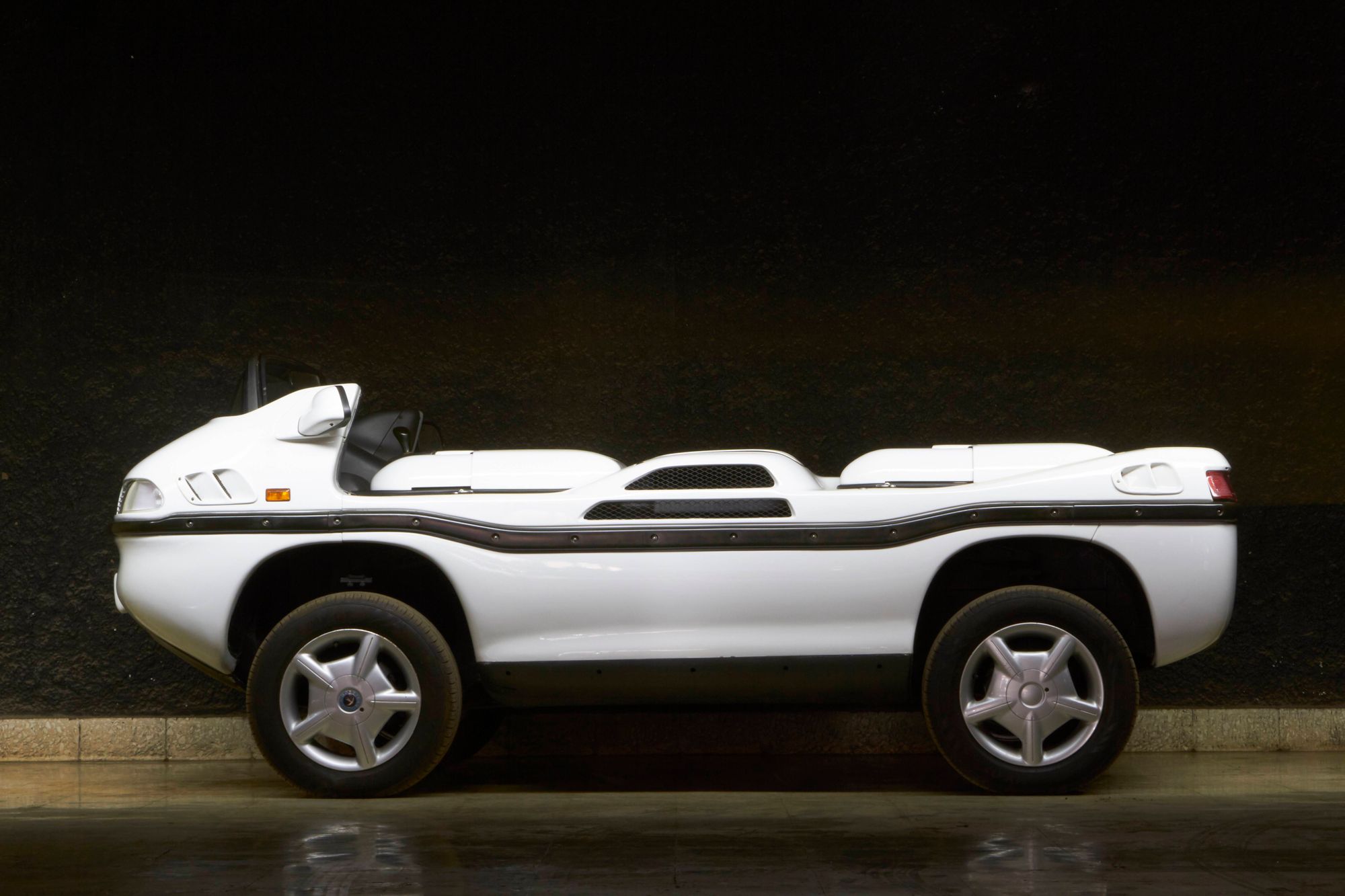
For the execution of his concept, Wardavoir hired two of the best French minds then: Le Mans-winning engineer Philippe Beloou and ace designer Gérard Godfroy. Both had cut their teeth designing the French answer to Porsche, the mid-engined Venturi sports car, and the two would, a few years later, jointly develop the San Storm, India’s first convertible two-seater. For motive power the Hobbycar used a 92bhp 1.9-litre Peugeot diesel engine, driving all four wheels through a five-speed gearbox, good enough for the car to have a top speed of 140 km/h over land.
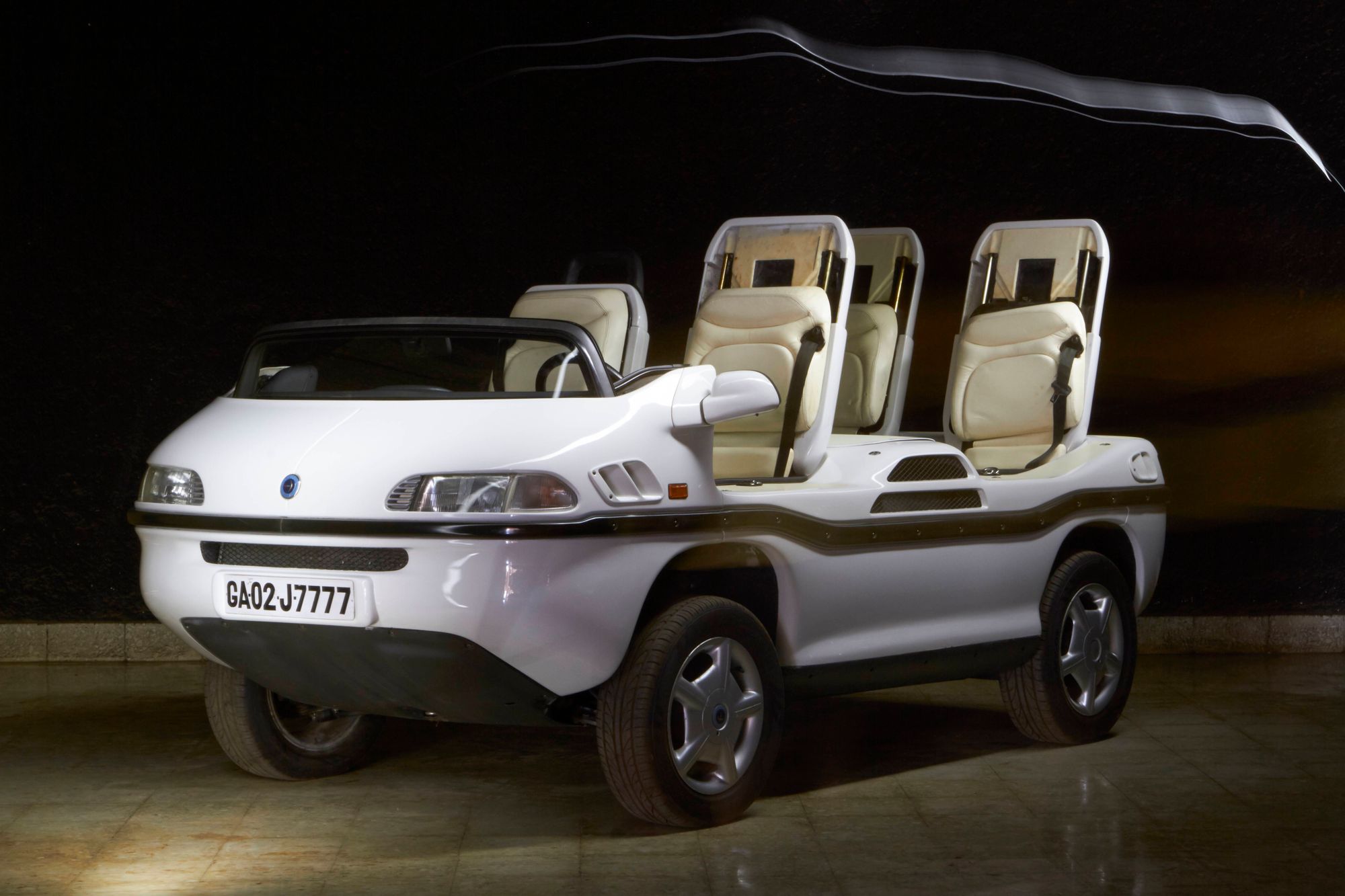
For suspension, the Hobbycar featured Citroen’s famed hydro-pneumatic system, so that the vehicle could be raised or lowered as needed—very useful for getting out of water and clambering up muddy slopes. In water, two hydrojets with a combined thrust of 300kg gave the 1.2 tonne vehicle a max speed of six knots, cresting the waves.

Buying into the concept, wealthy entrepreneur Serge Desmarais invested French Franc 67 million (a little over Rs 80 crores then) into the project and built a beautiful glass-and-chrome factory over 30 hectares, that included a 4x4 track and a lake to test out the vehicles. Plus, a helipad to receive the rich, yacht-owning clients attracted by a vehicle that they could park on their yacht and yet lower down to the water for the occasional ride-and-drive up the beach or the wharf, wherever the yacht decided to drop anchor.
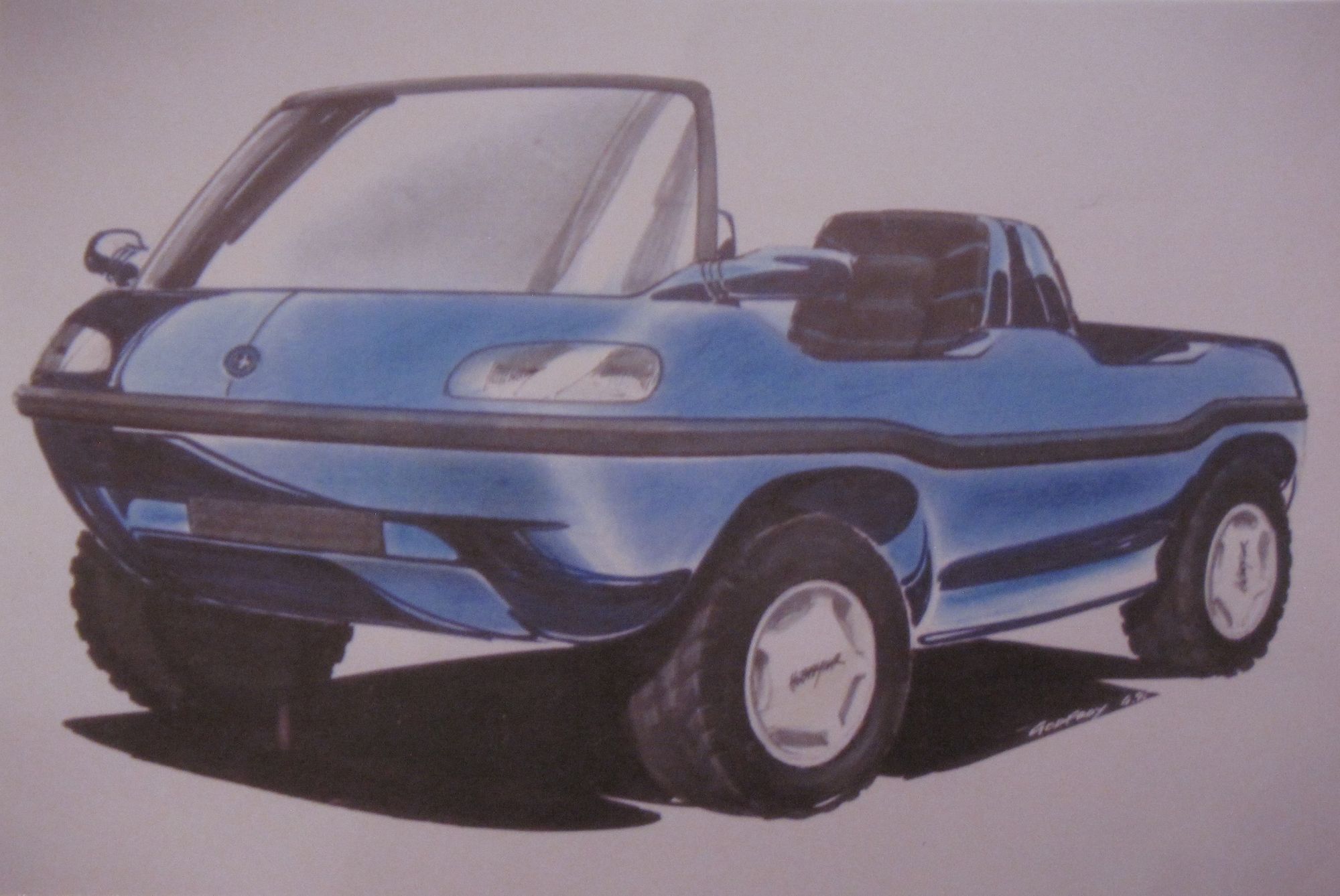
To make it convenient for yacht stacking, the four seatbacks folded electrically, and the windscreen retracted too, making for a vehicle a tad over a metre high (at 1.09 metres), with the suspension dropped to the minimum level. With the suspension at its highest point, the overall height went up to 1.68 metres with the windscreen up. Overall dimension was a compact 3.45 metres long and 1.68 metres wide.
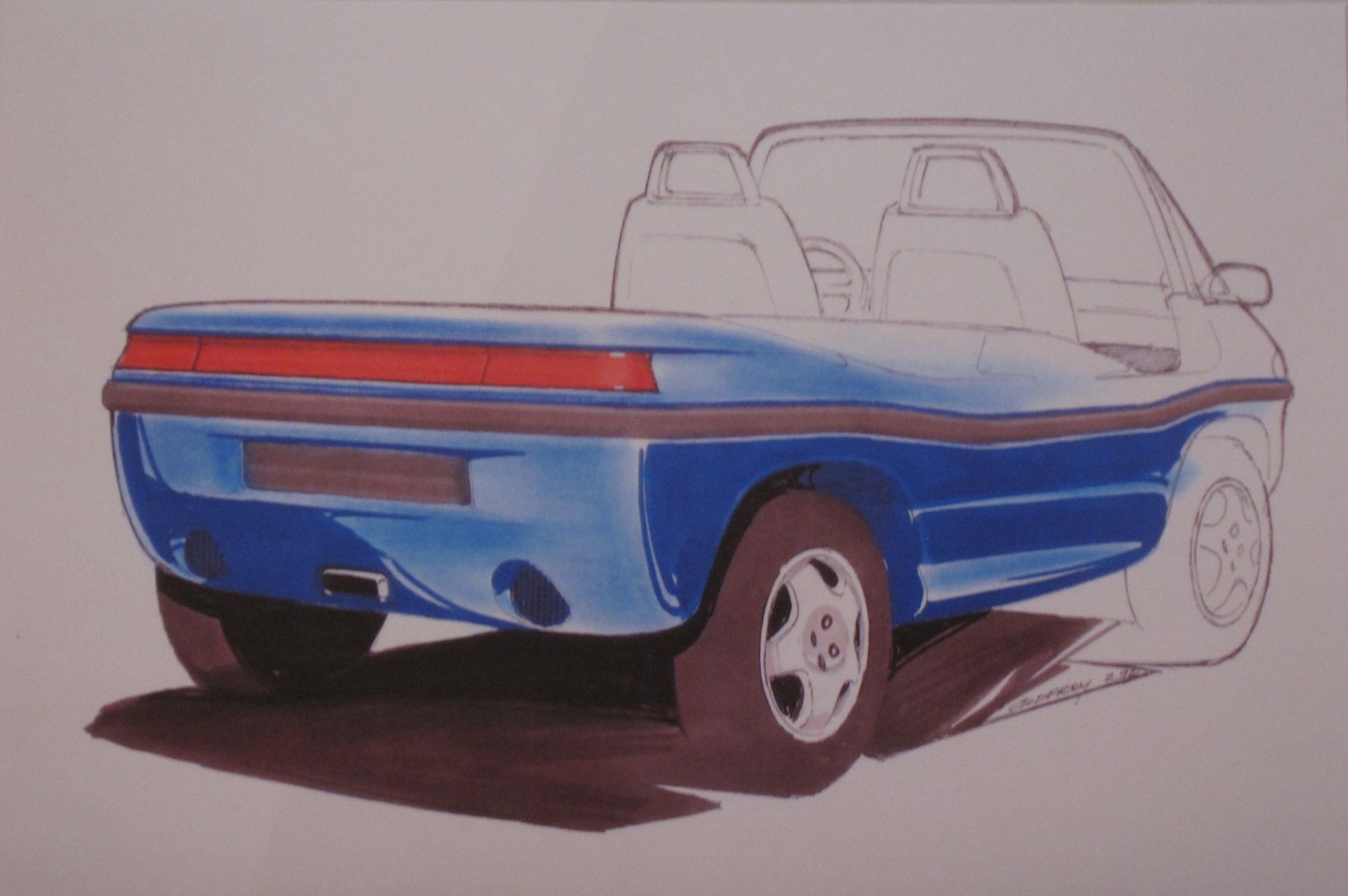
Although the complex chassis was in corrosion-proof stainless steel, the body was in a combination of fiberglass and Kevlar to keep the vehicle light, yet strong. Of course, there was a price to pay for all this complexity. Even though it was unveiled at the 1992 edition of the Paris Motor Show, the production version was launched in 1994 for a fairly fancy price tag of French Franc 370,000 (Rs 46 lakhs)!
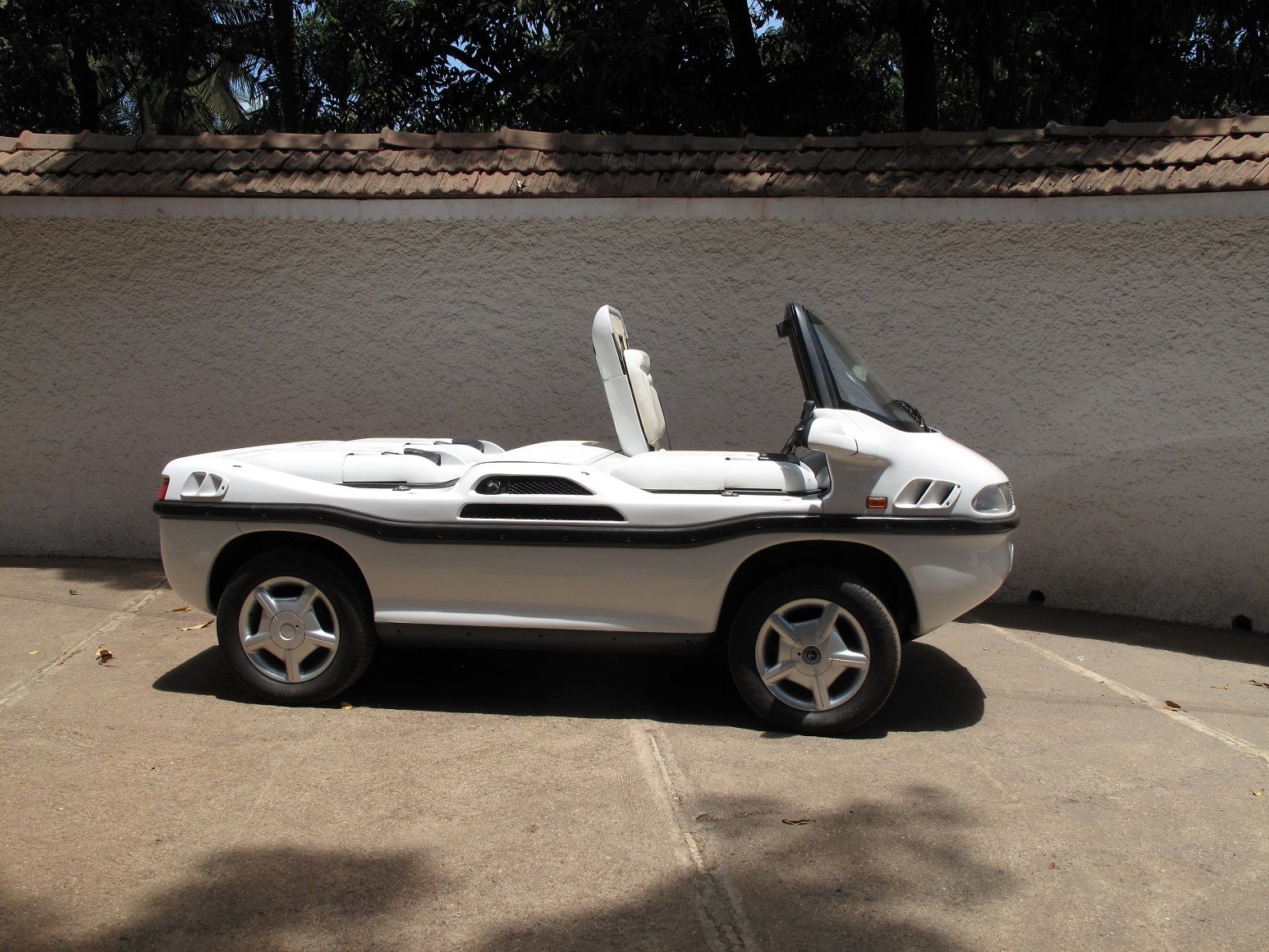
Production commenced the next year and initially there was quite a bit of excitement with several rich-and-famous people lining up to buy the amphibious cars. But demand dried up quickly and barely 60-odd B-612s later, the production line came to a stop. And so did the Hobbycar project. Designer Godfroy believes that between 60 and 65 were made; one source says that exactly 62 were made.
Whatever be the more appropriate figure, the amphibious Hobbycar is indeed a rarity. And just one, from all account, made it our shores, not because it was planned, but more by accident. When a certain industrialist acquired a very fancy yacht, this white Hobbycar was part of the package deal!
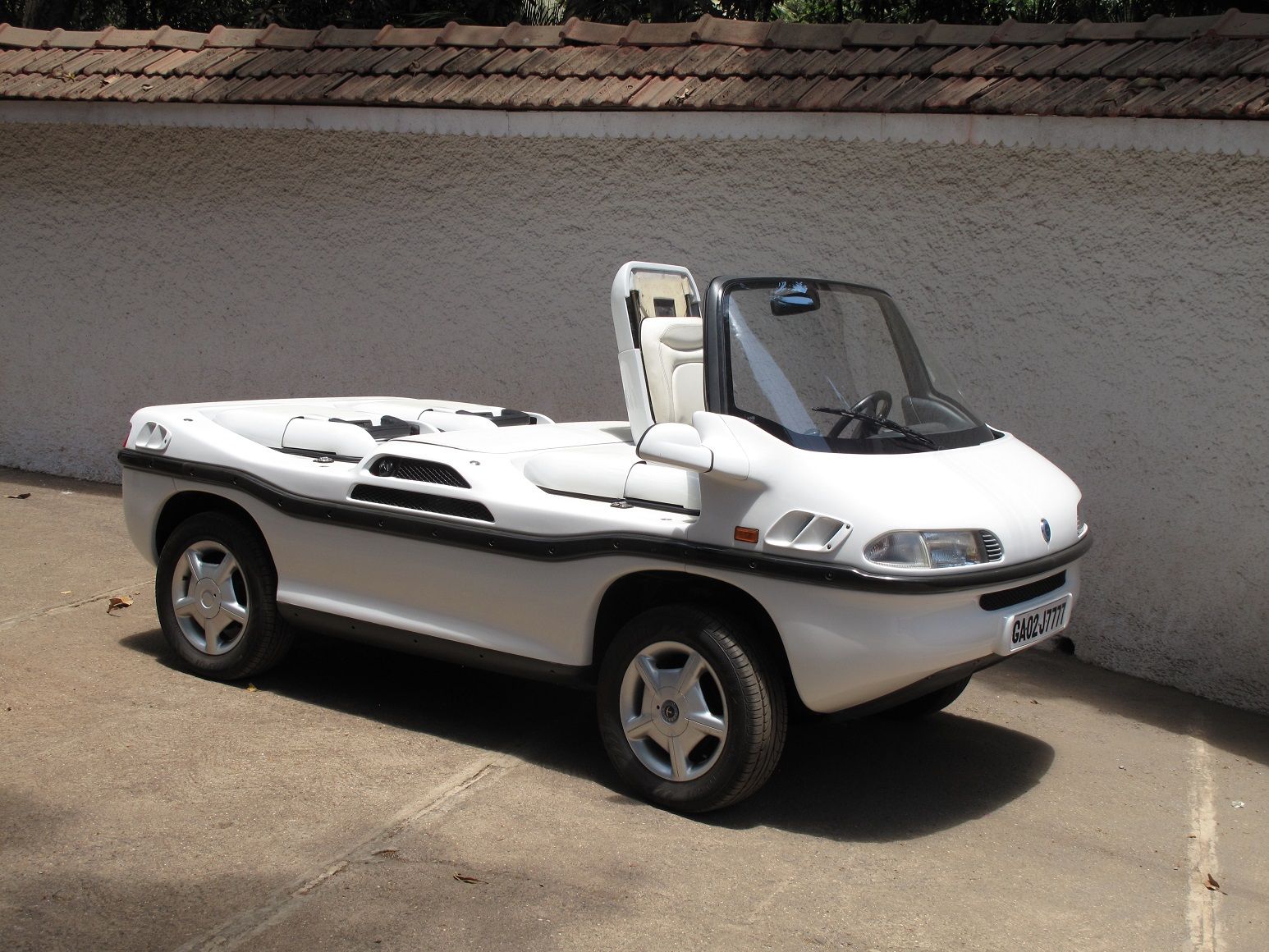
In the process, an amazing piece of automotive engineering is surviving in India. And, oh yes, you must be wondering what B-612 could be standing for? Wardavoir was a great fan of French aviator and writer Antoine de Saint-Exupéry’s famous children’s book, Le Petit Prince (The Little Prince), in which the real-life asteroid 46610 Besixdouze figures, with Besixdouze the French way of saying B-612… At the end, the Hobbycar B-612 was, alas, another rapidly disappearing shooting star.
Comments
Sign in or become a deRivaz & Ives member to join the conversation.
Just enter your email below to get a log in link.
